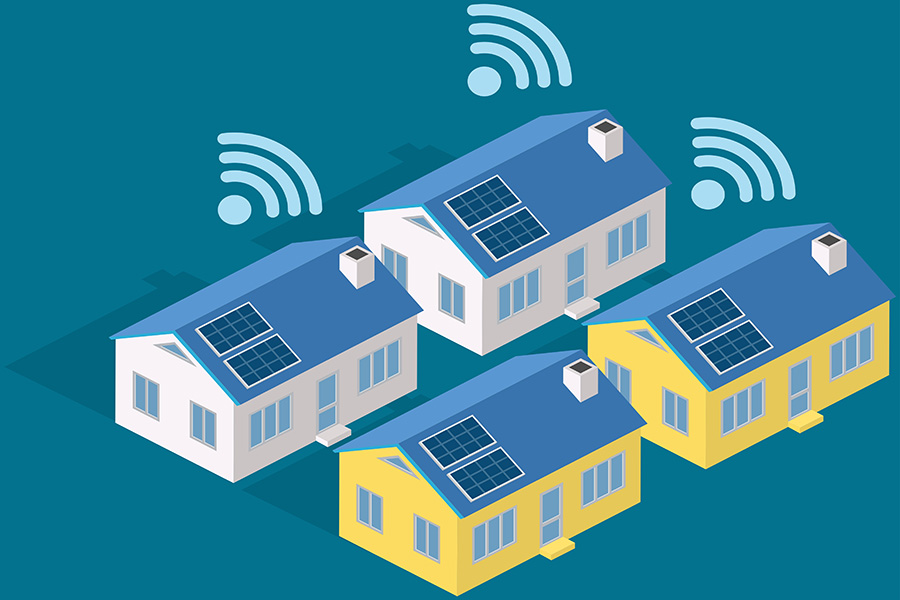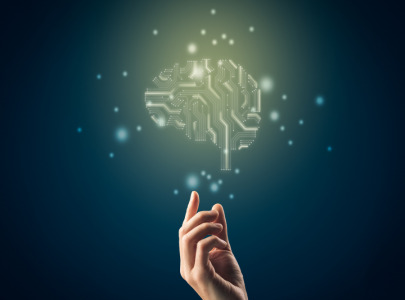IEA analysts see digital tools key to distributed solar

Globally, distributed solar PV installations have highest growth ever, now thriving but need support from innovators and policy makers, IEA analysts say its integration on a large scale requires modern, digitalised grids and digital tools
In insightful commentary from the International Energy Agency this week, researchers discussed the intersection of digital tools and distributed solar photovoltaic (PV), a renewable energy method that is expanding rapidly worldwide.
Last year, small solar PV installations that generate electricity for residential, commercial, industrial and off-grid applications, also known as distributed PV, represented 48% of global solar PV capacity additions, according to the IEA’s analysts.
A bright future
The analysts see a bright future for distributed solar power worldwide.
In 2022, distributed PV’s annual growth was the highest in history and it is expected to be even more robust in the next two years. In 2024, it is set to reach 140 gigawatts, an increase of more than 30% compared with 2022 levels and, globally, it is moving rapidly in both developed and developing countries.
In the IEA's Net Zero Emissions by 2050 Scenario, the number of residential buildings worldwide with solar PV panels increases fourfold, from 25 million in 2020 to 100 million by 2030, then more than doubles to 240 million by 2050.
An international perspective
In Australia, an estimated 3 GW of rooftop PV is expected to be installed in 2023 providing electricity to approximately 6% of all Australian residences. The European Union installed more than 23 GW of rooftop solar in 2022.
Roughly 16 GW of distributed PV is now active in India. In Brazil, distributed PV deployment has surpassed prospects, with 7.8 GW added last year and close to 17 GW of total capacity installed.
Distributed needs digital
The IEA’s analysts write that efficient and effective deployment of distributed PV and its integration on a large scale requires modern, digitalised grids and digital tools. These tools will ease the trials of managing increasing distributed PV capacity while promoting better system efficacy.
Digitalisation is already supported by the imperative to reduce technical and commercial losses, optimise commercial operations, and lower costs. These solutions can avoid curtailment of PV generation, reduce peak loads and optimise spending to reinforce electricity grids.
Digitally enabled distributed PV registries and smart inverters that support voltage and frequency control and reduce energy losses are important digital tools; data from bi-directional smart meters is analysed and helps in detecting the location of distributed PV installations while giving insight on customers’ generation and consumption patterns.
Understanding this data leads to an efficient allocation of network tariffs and charges and in turn improves forecasting and system efficiency. All while facilitating distributed PV owners to respond to incentives in real time, provide services to the grid and engage in peer-to-peer trading.
Power of policy
The analysts write that digitalisation is an integral part of energy policy making and will ensure emerging risks from rapid distributed PV deployment are managed, and the benefits are fully unlocked.
The IEA, under its Digital Demand-Driven Electricity Networks (3DEN) Initiative, is working with countries around the world to strengthen awareness, enhance knowledge and build capacity, leading to new and improved policies to support the deployment and use of digital technologies for the clean energy transition.
Data-driven solutions
In a report by Energy & Utilities, Antoine D’Haussy, senior director BD EMEA for OT at Fortinet, said that digital technologies are enabling transmission and distribution (T&D) system operators for seamless collaboration and information exchange and so business decisions can be derived in real-time. This supports the IEA’s commentary in this article.
In a webinar hosted by Energy & Utilities, much of the discussion involved building platforms that guarantee data integrity, cybersecurity, and optimal grid connections. The data driven solutions featured the most current technologies and techniques to manage power loads.
In an interview with Energy & Utilities, Leandro Bento, Chief Technical Officer of Dubai-based Yellow Door Energy, believed that digital tools help with making a system and its workforce more efficient.
An Energy & Utilities report on DEWA’s use of nanosatellites that utilize a digital tool like Internet of Things (IoT) technology showed that a major reason for implementing this technology was efficient management of utilities like electricity and water.
David Haziri contributed reporting
Energy & Utilities - Middle East and Africa Market Outlook Report 2024.
This must-have report for industry players offers a thorough understanding of the latest developments, challenges, and opportunities in the region, supported by data, analysis, and expert insights.


.png)
.png)

